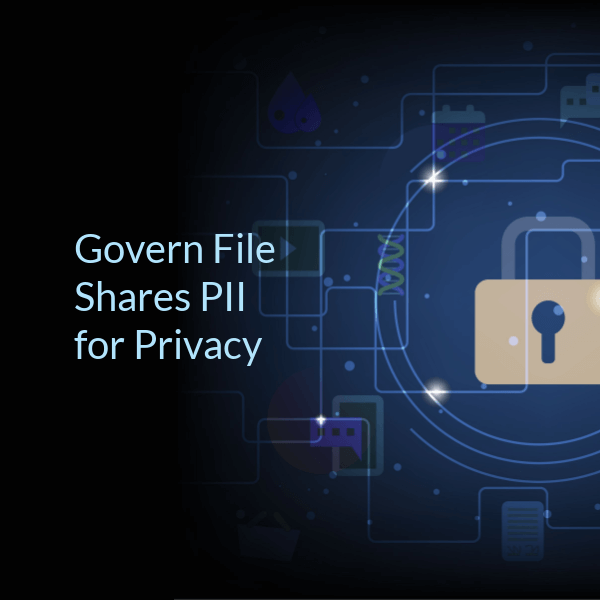In 2012, the National Archives and Records Administration (NARA) and the Office of Management and Budget issued the Managing Government Records Directive, requiring federal agencies to save all email messages qualifying as “temporary or permanent government records” in an electronic format. The Directive had set a deadline of the end of 2016.
FCW reports that many agencies are not on track to meet this deadline. Among the offered explanations were lack of funds, policy issues, awaiting internal approvals, establishing of a “cross-functional team”, and lack of adequate technical staffing. The Office of the Comptroller of the Currency, Defense Intelligence Agency, and Nuclear Regulatory commission were among the agencies who reported that they would not be able to meet the deadline.
It’s perhaps unsurprising that these vital agencies explained away their inability to comply with the Directive over the course of a full presidential term with all the aplomb of a college student missing a term paper deadline — organizations both public and private often seem to view information management as a burdensome chore that detracts from mission-critical objectives. But at the end of the day, digital is here to stay, and when it comes to gaining control of data, the sooner the better. At a high level, meeting external requirements with respect to data is that much more difficult when certain data can’t be found. Internal productivity is impeded when employees can’t find the information they need.
Further, with exponential data growth, each year of delay only compounds the problem. Organizations must have a long-term plan for not only how to handle existing volumes, but to address the inevitable growth. The Internet of Things, in particular, is already accelerating the pace, as are forms of communication like social media and instant messaging that simply did not appear to have a place in the professional world as recently as a decade ago.
What’s most striking is how reasonable the Directive’s goal was: manage email records in an electronic format. Even for those of you unfamiliar with email (or the last two decades in general), it shouldn’t be rocket science to figure out what the “e” stands for. It’s natively created in an electronic format, sent in an electronic format, and read in an electronic format. Somehow, it was thought better to store them in a non-electronic format? There are few other widely-publicized examples that highlight the need for vision and direction from the top than the government’s attempts to comply; in the absence of this directive, agencies may have chosen to store emails by printing them out forever, because (presumably) it’s what people were used to and there was too much inertia to change.
SO, bottom line: the need to manage information isn’t going to go away, and the direction and leadership — as with any other fundamental initiative that requires planning, long-term vision, and execution — has to come from the top.



